‘An important tenet in staying organized’ – 6 easy habits for a more minimalist and streamlined home
Working on these organizational habits will make your home more manageable
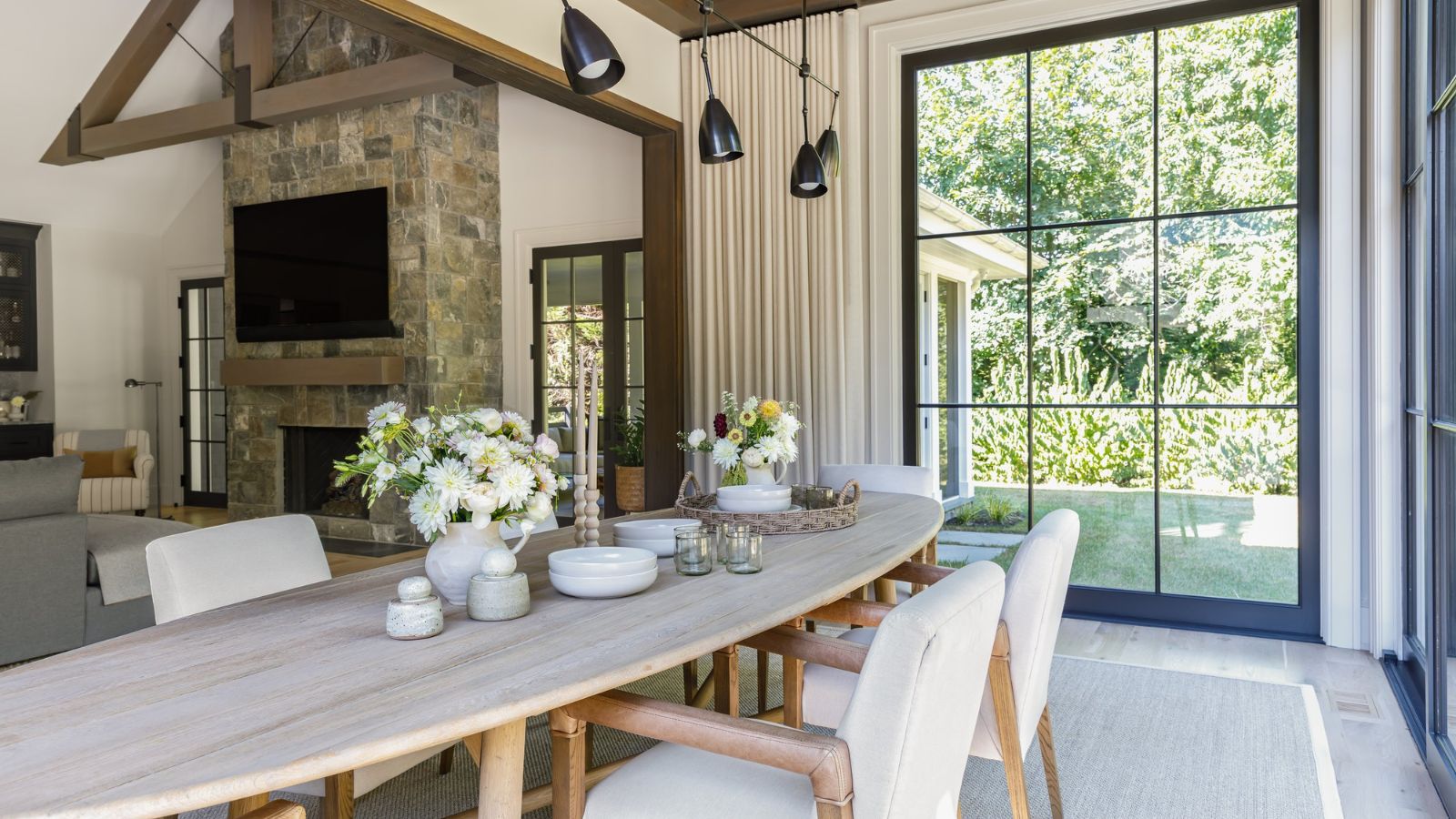
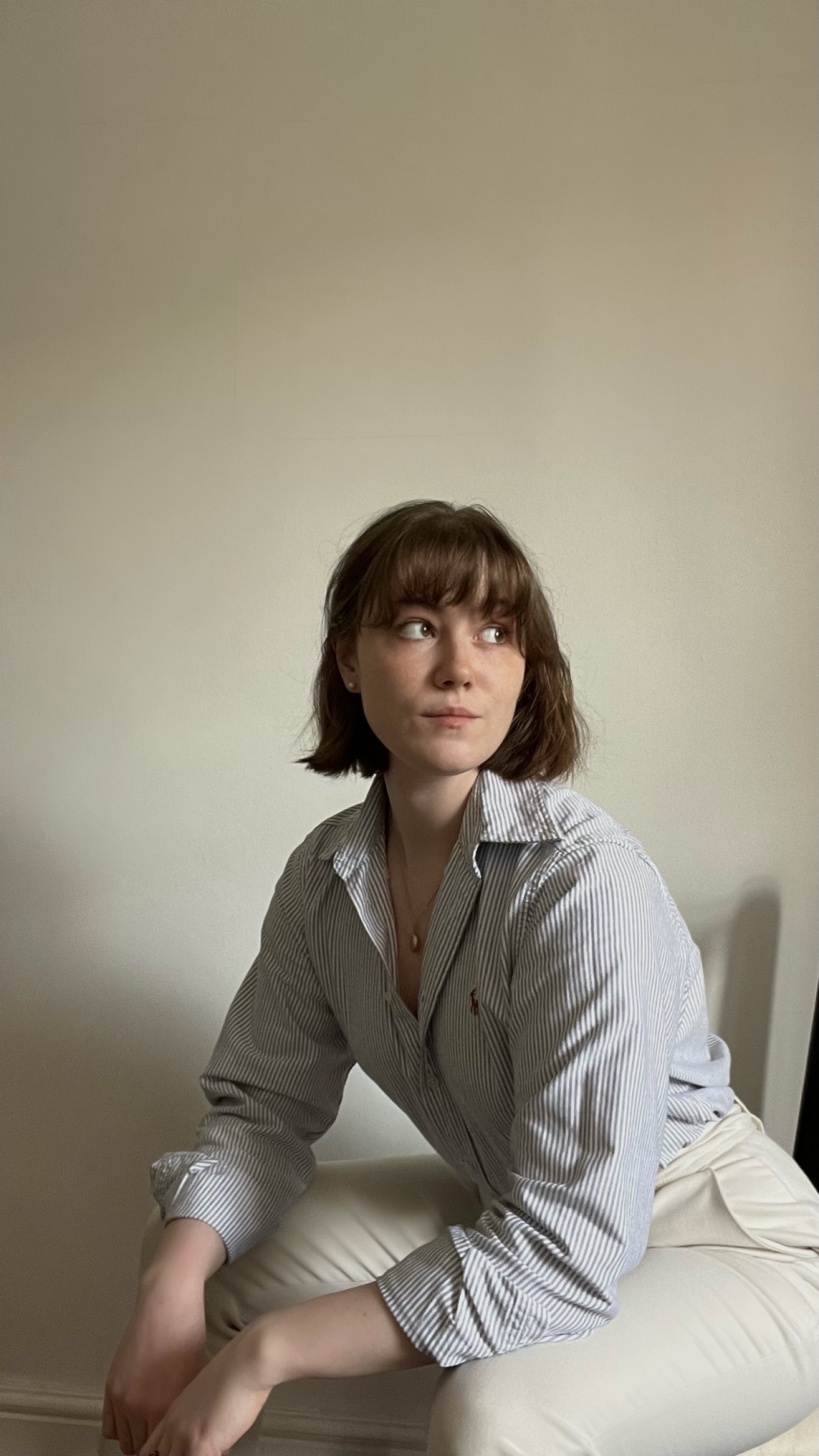
Minimalist spaces look peaceful and streamlined, but that does not come without homeowners working tirelessly to build smart organizing habits that maintain it.
From re-imagined drop zones to downsizing, our professional home organizers reveal the seven organizing habits minimalists adopt to make their homes easier to tidy and manage.
Here’s how to incorporate these home organizing ideas into your own space with ease.
7 minimalist organizing habits for a more streamlined home
1. Using functional drop zones
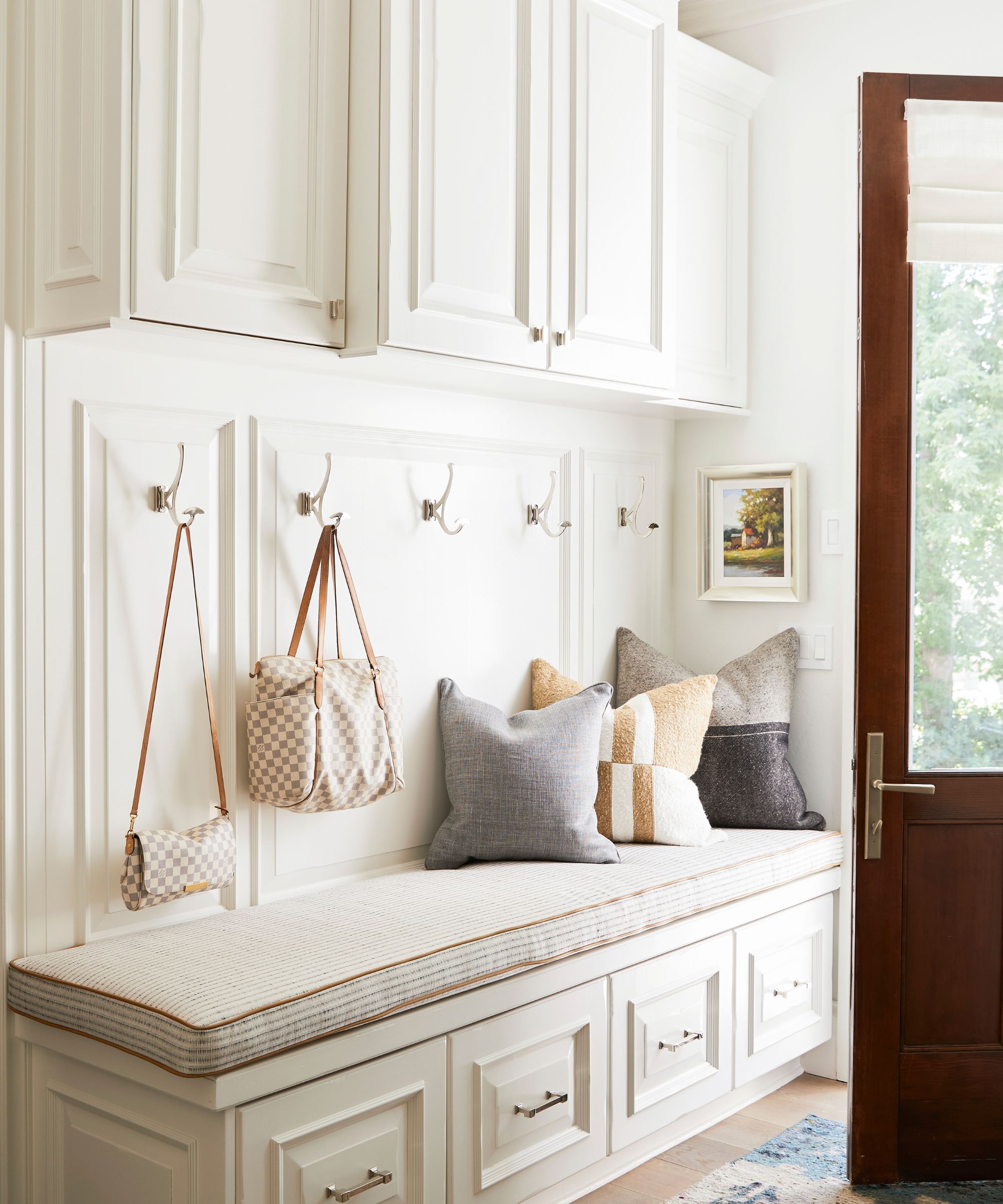
Consider working in drop zones in high-traffic areas with multi-functional storage furniture. Here's an example of how minimalist hooks, drawers, and smart storage in an entryway design by Alice Lane can help keep things organized.
Drop zones are a great organizing system to keep you sane, but they can quickly be misused and overflow warns Katy Wells, founder of Clutter Cure Club and host of The Maximized Minimalist podcast.
She begins, ‘Clutter and mess love to pile up near the door. Backpacks, shoes, keys, parcel returns – it adds up fast. One of the most helpful habits I teach is creating a purposeful drop zone using my SPOT Method: Set a location, Provide containers, Organize by need, and Teach the habit.’
By setting up these clear steps, you create better boundaries for our drop zones, rather than allowing them to become a free-for-all. With some time and discipline, you’ll end up with a more minimalist-looking home that functions beautifully.

Baskets are the best go-to for creating minimalist drop zones. Be they in your entryway, living room, or hallway, they can quickly corral clutter, making it easier to put things away at the end of the week.
2. The OHIO rule
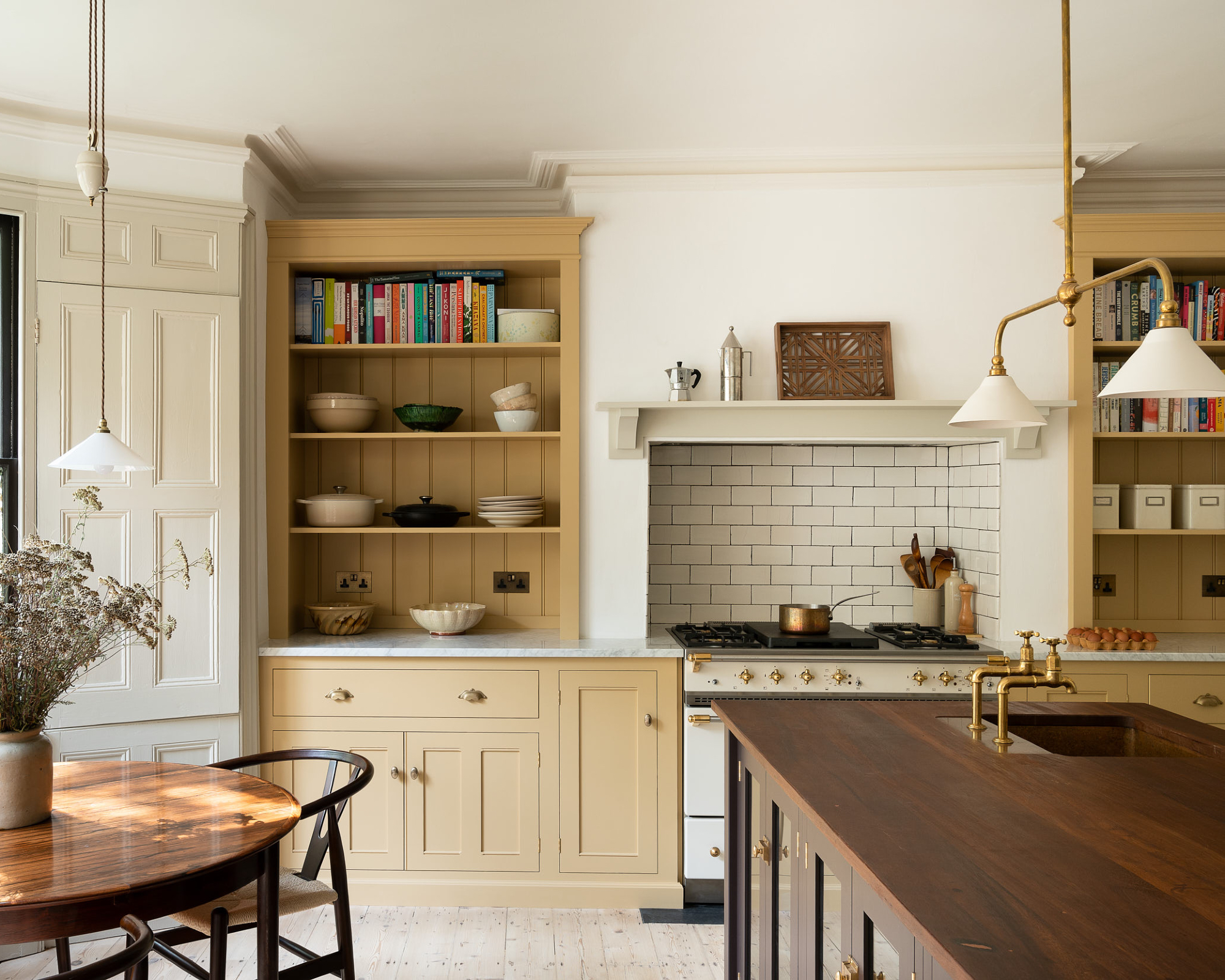
Keeping clutter off of surfaces is a great habit when staying organized.
Also known as the one-touch tidying rule, the OHIO rule is a common minimalist habit that prevents mess.
Katy continues, ‘Layer in the OHIO rule – Only Handle It Once – so when something comes in, it doesn’t just get tossed on the kitchen counter and forgotten. When everyone knows where things go the first time, your home stays tidier without constant clean up.’
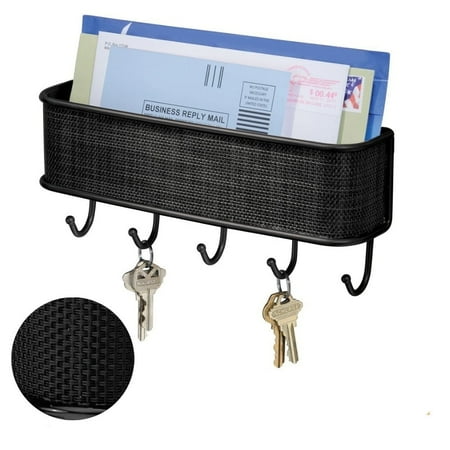
Use minimalist storage that makes it easy to put items away. For instance, with space for slotting unread mail and five hooks for keys, this handy mail organizer is the perfect drop zone for entryway clutter.
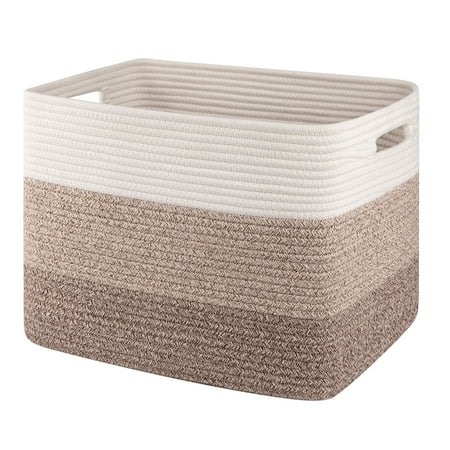
Large storage baskets are perfect for quickly stashing soft furnishings such as blankets and pillows when not in use in living rooms, bedrooms, or guest spaces.
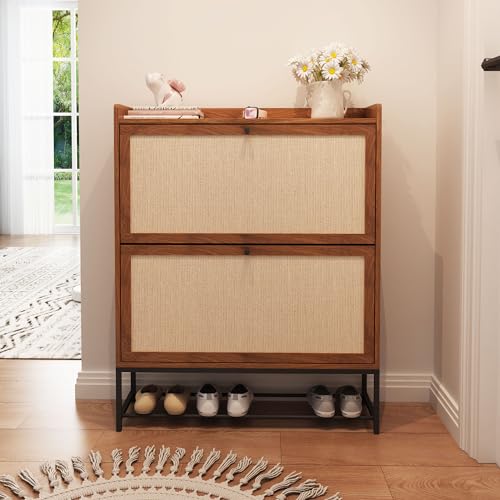
With two flip-down drawers and a top shelf, this slimline storage cabinet doesn't take up too much space in small entryways, helping to keep shoes neat and off the floor, without having to limit walkways.
3. 5-minute surface sweeps

Quick sweeps help to catch clutter that have slipped through organizing systems.
Katy says, ‘Flat surfaces are clutter and mess magnets. So instead of waiting until they’re overwhelming, minimalists like myself do a quick daily “surface sweep.”
‘Here’s how the five-minute cleaning challenge works: choose a counter or table and clear it off – only putting back what actually lives there. I find that it helps to turn on a favorite song or set a timer to make it fast and, dare I say, fun. It’s a quick visual reset that instantly makes your space feel lighter by clearing away the types of clutter you’ll never find in a minimalist home.’
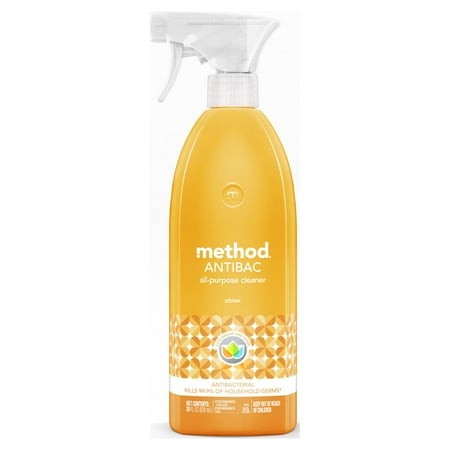
Pair your clutter sweeps with some quick cleaning chores to tackle mess and dust in the same five minutes.

The Damp Duster is great for allergy sufferers as it removes all dust, pollen, pet hair, and more. It's affordable, reusable, conveniently sized, and easy to clean – simply rinse the sponge with water to remove dust and grime and start again.
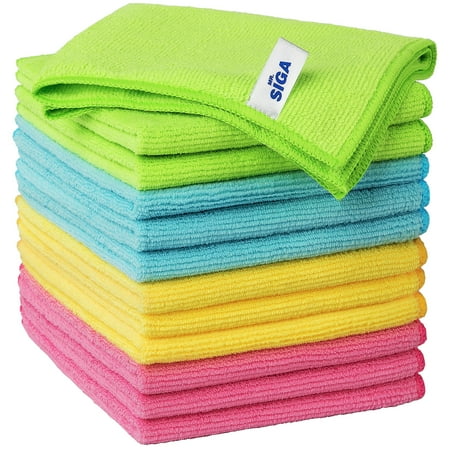
Microfiber cloths make quick work of dust, debris, and spills on surfaces, making it quick and easy to clean your home as you tidy up. Simply throw in the washing machine after use to refresh and use again.
4. Donation stations
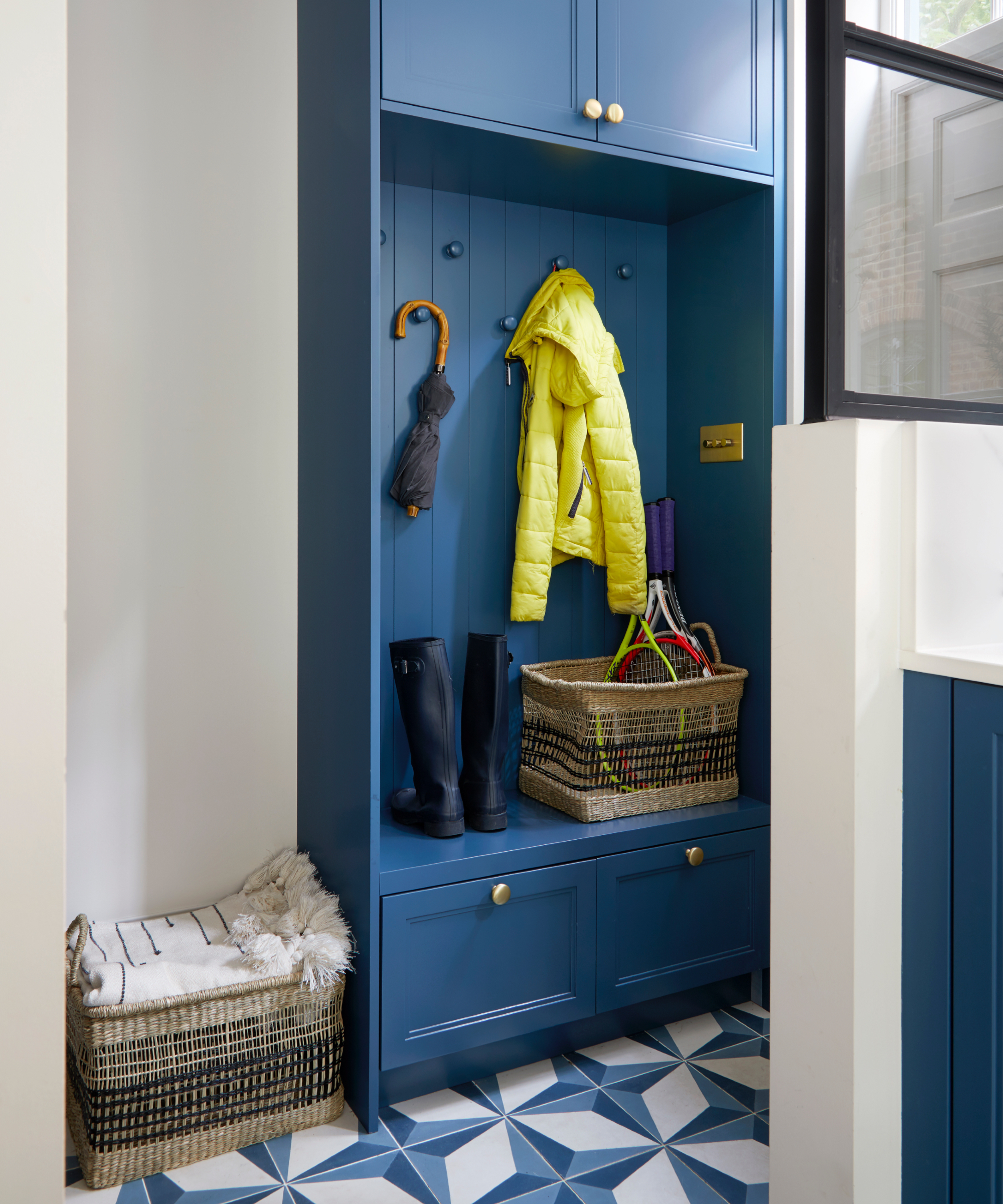
A simple, minimalistic basket with handles in the entryway makes it easy to catch donation items and take them to your car.
There are some things minimalists throw out daily – so you will need a designated spot to gather it all, which will prevent it becoming a doom pile.
Katy suggests, ‘Designate a spot in your home – a basket, bin, or even a cardboard box – for items you no longer need or love. I call it a Donation Station, and it’s one of the easiest ways to keep clutter from piling up again.'
This set of folding fabric boxes from Walmart has handles, making them easy to carry out to the car. As they are collapsible, they are simple to store when not in use, reducing visual clutter.
Katy continues, 'Then set a simple goal – aim to declutter one item a day or five each week. With your Donation Station nearby, it’s easy to drop things in as you go. No pressure, no big clean-out required, just steady, simple progress that adds up fast.’
Of course it also helps to brush up on the things minimalists never buy for an easier life to limit how often you need to declutter. It can be a tricky minimalist habit to form, but you will save yourself some time and money.
5. Seeking hidden storage
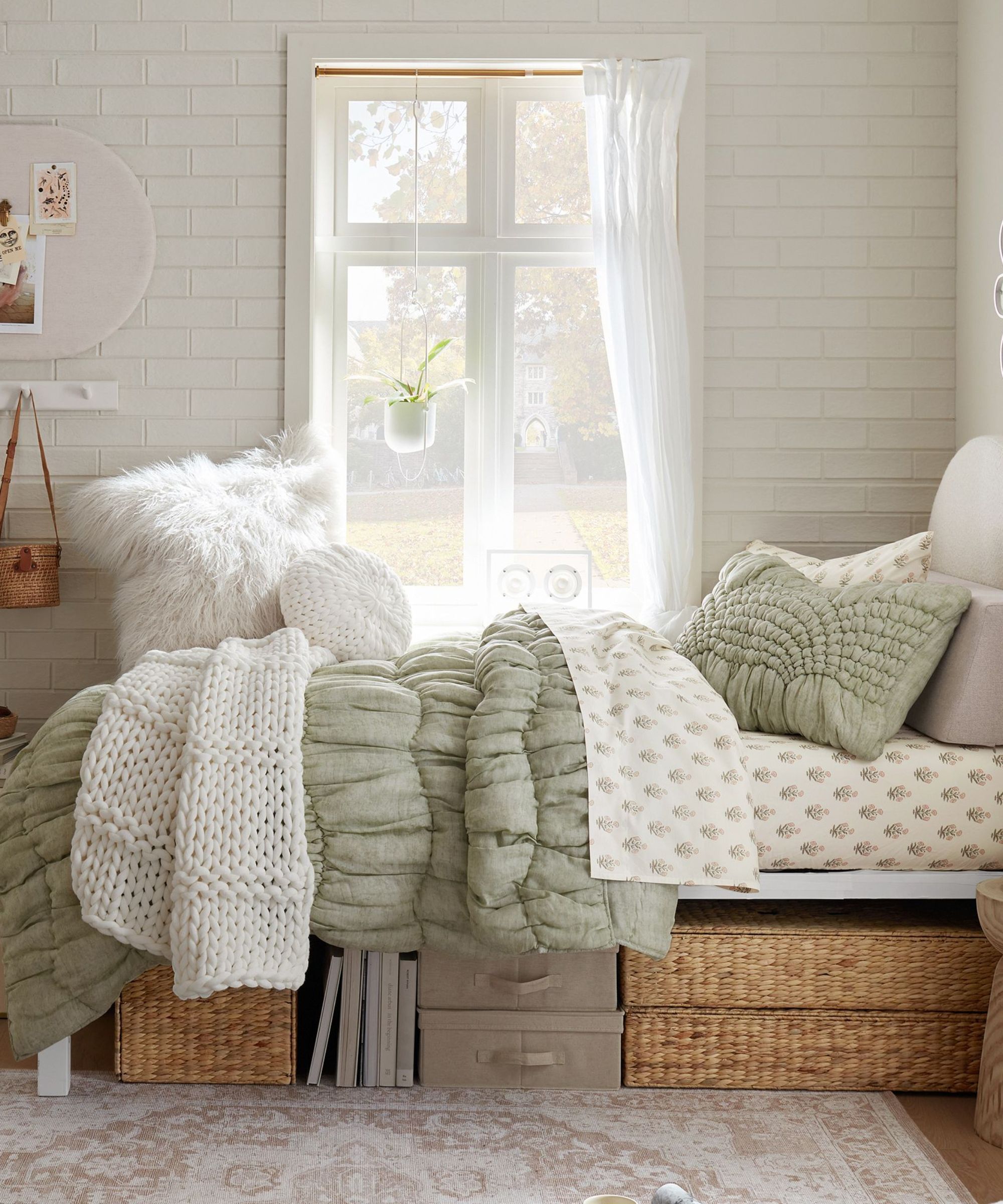
Under-bed storage is a great way to hide essential items for a less overstimulating and more minimalistic organizational scheme.
Just because a home appears minimalist, doesn’t mean that you have to live with only the bare minimum – this is one of the most important lessons I learned from The Minimalist’s TV Show.
Instead, minimalists get into the habit of actively seeking out hidden storage ideas to maximize space around the home and reduce how much ‘stuff’ is on display.
This doesn’t mean shoving everything into a closet but strategically finding better ways to organize everyday items, such as using storage furniture to conceal throw vital blankets and cables or under-bed storage ideas to hide spare bed linens.

Under-bed storage is a great way to expand your existing storage space. These bags on wheels make them easy to pull out quickly and access as needed.
6. Downsizing
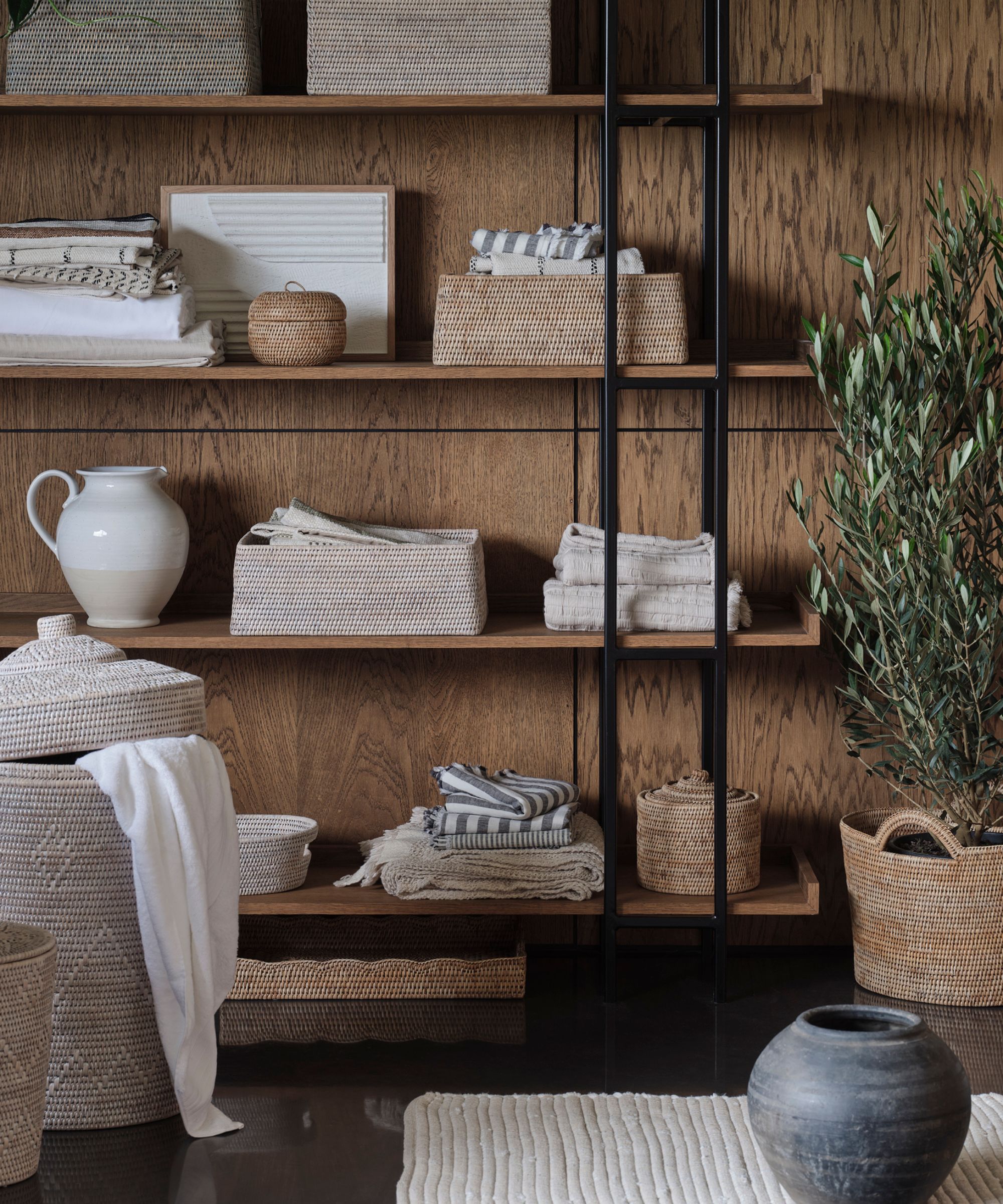
Labelled bins prevent clutter building in the background as the organizational intent of each item is clear, allowing others in your home to use these the same way and keep everything streamlined without confusion.
Downsizing can range from moving to a smaller home to cutting back on home storage ideas – it's something almost every minimalist does. The key to organizing things well as a minimalist is not to conceal clutter but actually work to remove it and stop it building up. Having a suitable organization system facilitates this.
Francesca Verri, Certified Holistic Lifestyle and Minimalist Coach, professional home organizer, and owner of Verri Organized says, ‘It’s a common mistake to think a bigger bin will save you space or even money – most people grow to their environment. You tend to store more than you might ever need or use, and can’t easily separate and store by like item, which is an important tenet in staying organized.
‘Instead of buying oversized bins to accommodate a broad category, I recommend you first purge the category you are systematizing. Make sure what you are looking to store has meaning and necessity. Then, break things into smaller categories where possible and buy smaller containers to fit that category. Even if the category can’t be reduced I still recommend a few specifically labeled smaller bins over one oversized bin as it will provide a necessary boundary and reduce clutter.’
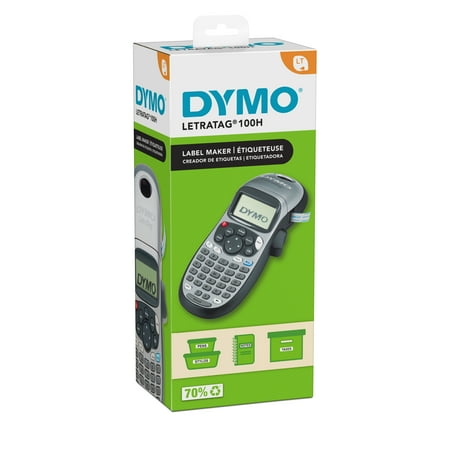
Compact and lightweight for portability, this label maker makes it easy to label just about anything, anywhere. It's a great organizational habit to get into.
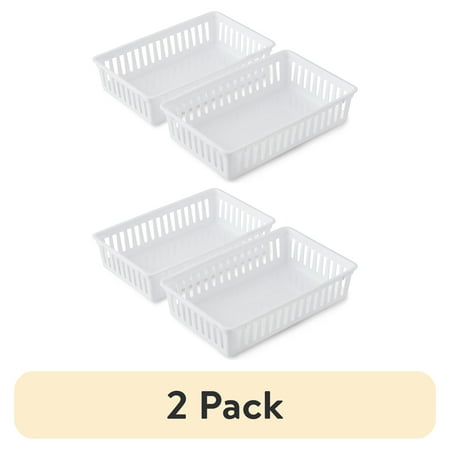
Perfect for creating mini organizational zones within drawers, these storage baskets make light work of containing belongings.
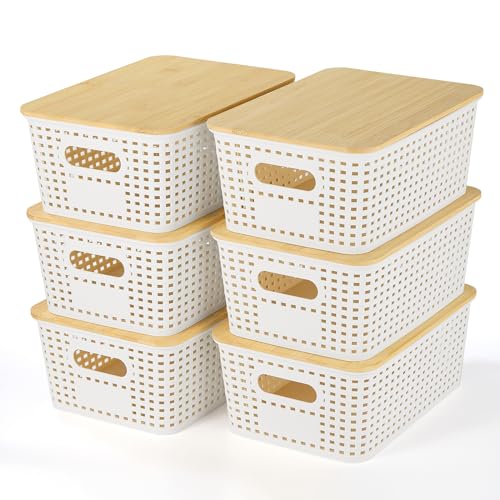
To make better use of shelving and deep storage, use small baskets with lids for stacking and streamlined organization.
Meet the experts

Katy is the curator of several best-selling decluttering courses, and a globally-recognized top-50 organizing podcast.

Francesca has more than 20 years of experience using minimalist organizational habits and theories to empower clients to make lifestyle changes that produce real and lasting results.
FAQs
Are minimalists actually happier?
Whether or not minimalists, on the whole, are happier than others is a blurry subject, however, a study in the Journal of Positive Psychology suggests that there is a trend between the philosophy of minimalism and voluntary simplicity, and a more positive mindset and improved well-being.
The idea behind this link is that self-identifying minimalists feel more content and more in control of their lives, focusing more on their psychological needs than material desires.
How can I start organizing my home like a minimalist?
One of the best places to start on a journey towards organized minimalism is by decluttering your home. This could be one room or one small space that causes you regular trouble – either because it's physically hard to navigate or it makes you feel anxious or guilty. Try to keep only the items you love and use. The Reverse Decluttering method focuses on this.
With one space down, you are likely to feel more motivated to tackle another area in your home.
If you are feeling a bit stuck developing the habits of highly organized homeowners and minimalists, consider starting by decluttering first. The decluttering strategies minimalists swear by can help pare back your belongings to make them easier to manage, and habits easier to maintain.
Sign up to the Homes & Gardens newsletter
Design expertise in your inbox – from inspiring decorating ideas and beautiful celebrity homes to practical gardening advice and shopping round-ups.

Chiana has been at Homes & Gardens for two years and is our resident 'queen' of non-toxic living. She spends most of her time producing content for the Solved section of the website, helping readers get the most out of their homes through clever decluttering, cleaning, and tidying tips. She was named one of Fixr's top home improvement journalists in 2024.
You must confirm your public display name before commenting
Please logout and then login again, you will then be prompted to enter your display name.
-
 How to grow lady's mantle – for a shade-tolerant ground cover plant that will thrive in challenging borders
How to grow lady's mantle – for a shade-tolerant ground cover plant that will thrive in challenging bordersWith lush green foliage and luminous lime flowers, lady's mantle can add color and impact
By Thomas Rutter
-
 I thought I was over white kitchens, but Brooke Shields' cabinets reminded me why it's a truly timeless color choice
I thought I was over white kitchens, but Brooke Shields' cabinets reminded me why it's a truly timeless color choiceThe actress' cabinets pair seamlessly with a blue-painted accent wall, proving that this neutral shade is ever-versatile
By Hannah Ziegler
-
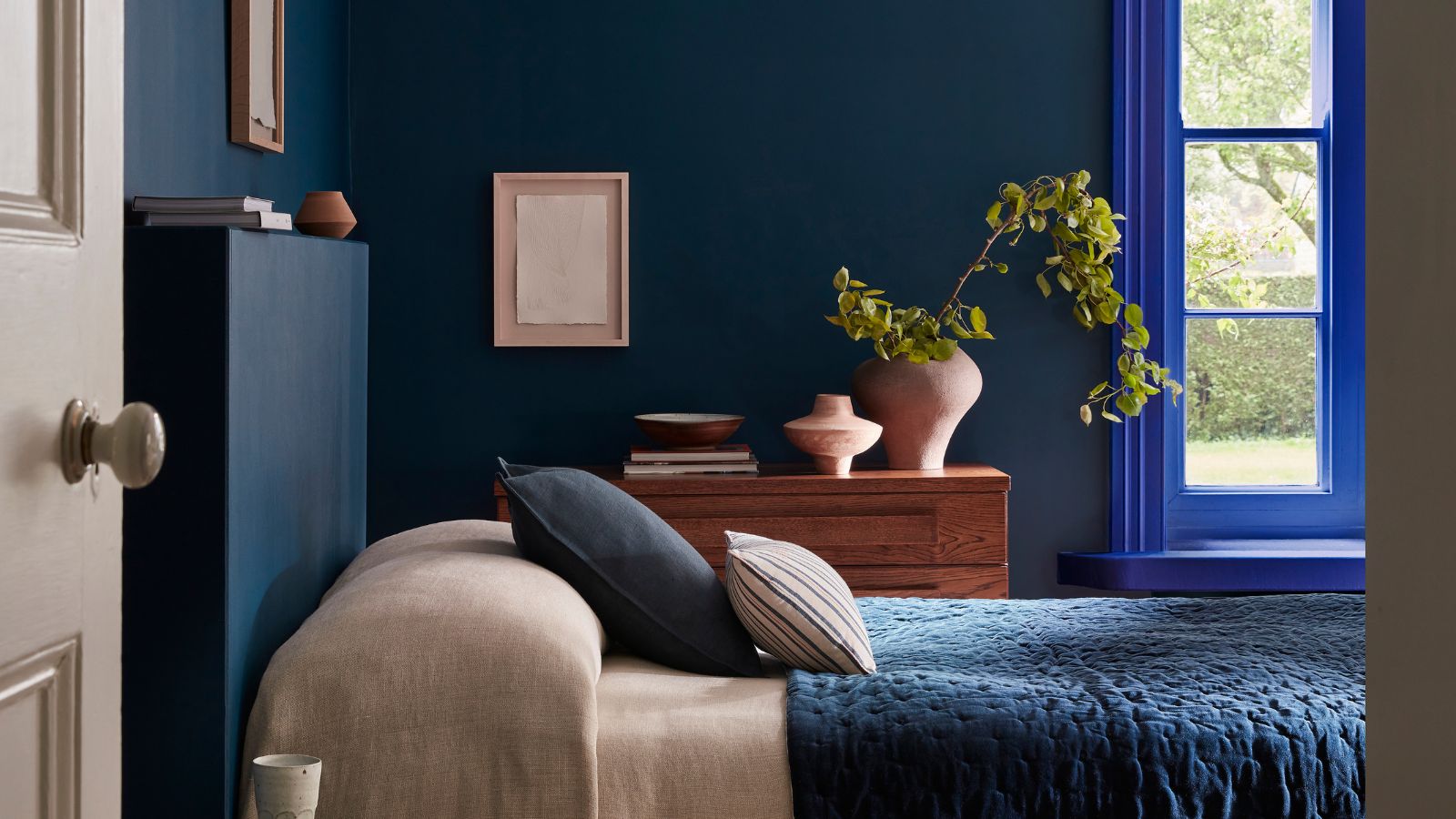 This brilliant $4 drawer organizer helped me reclaim control of my chaotic underwear drawer – and turbocharged my mornings
This brilliant $4 drawer organizer helped me reclaim control of my chaotic underwear drawer – and turbocharged my morningsIt makes heaps of difference when I'm getting ready
By Chiana Dickson
-
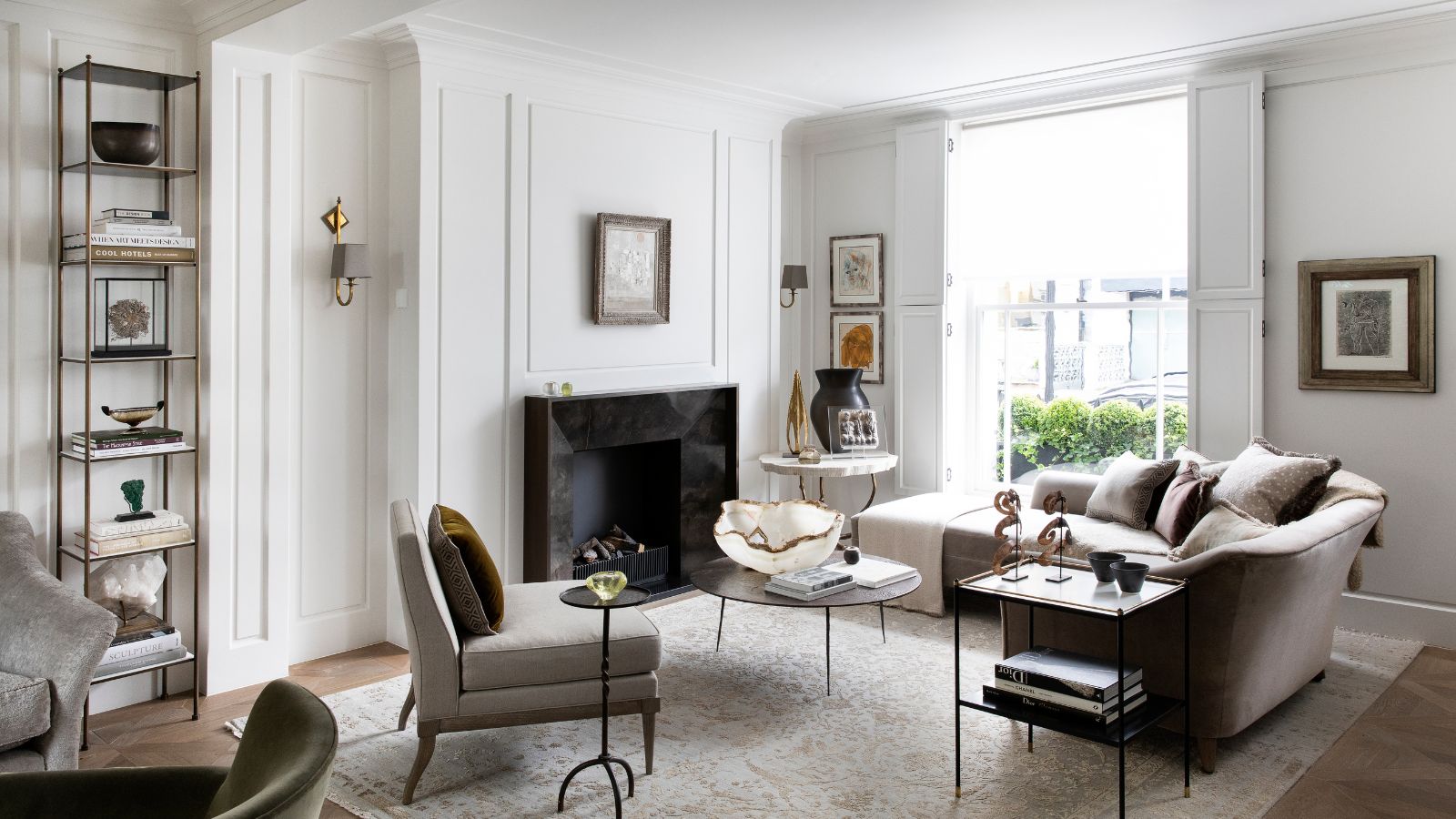 7 tiny chores that instantly make your home look more put together without buying anything – including shopping your stash and quick decluttering
7 tiny chores that instantly make your home look more put together without buying anything – including shopping your stash and quick declutteringSimple organization can make a real impact, experts assure
By Ottilie Blackhall
-
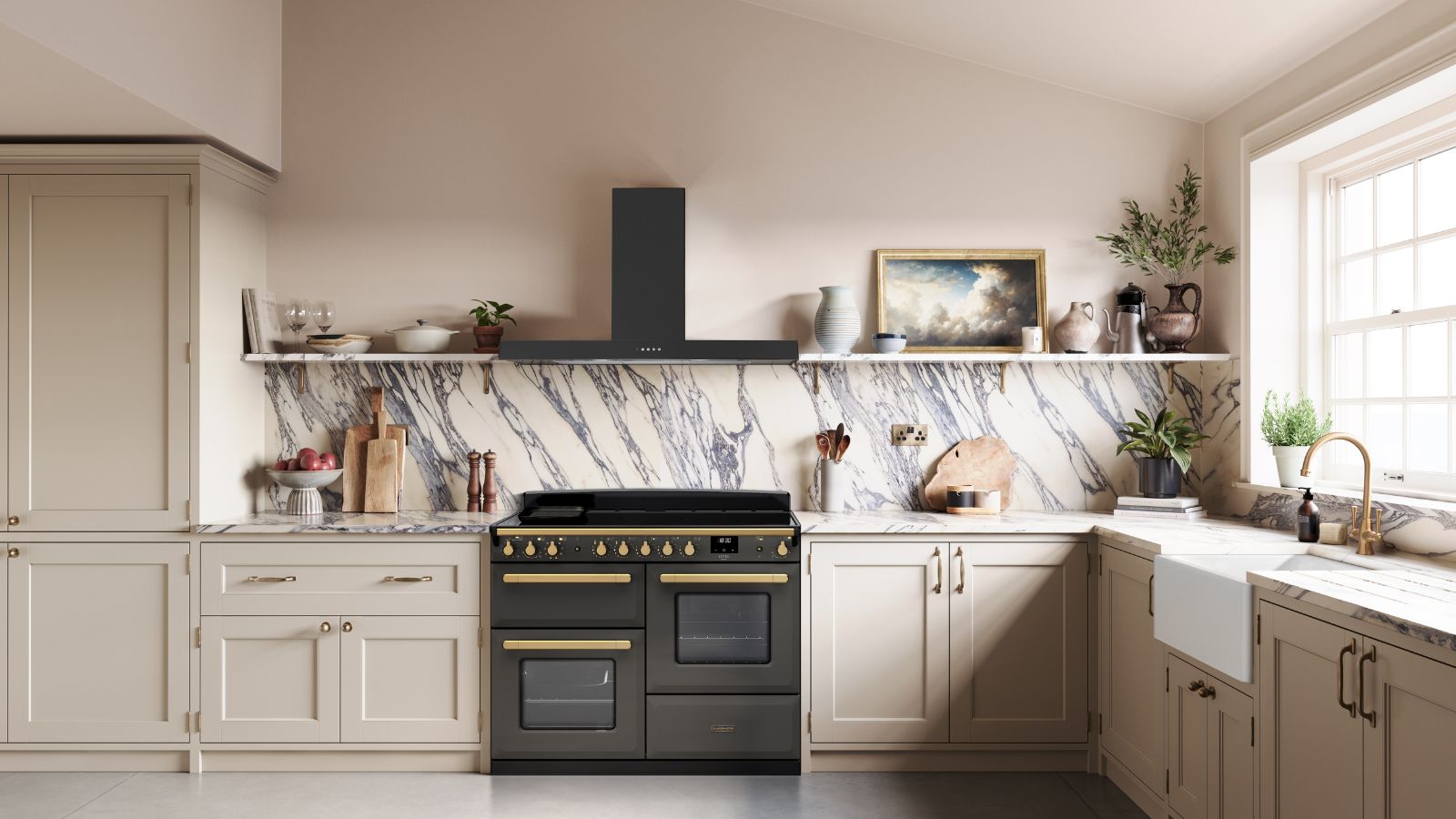 I tried using a paper towel holder to organize trash bags – it’s a sleek and space-saving solution that will transform cramped storage spots
I tried using a paper towel holder to organize trash bags – it’s a sleek and space-saving solution that will transform cramped storage spotsIt makes changing liners around the house so much easier
By Eve Smallman
-
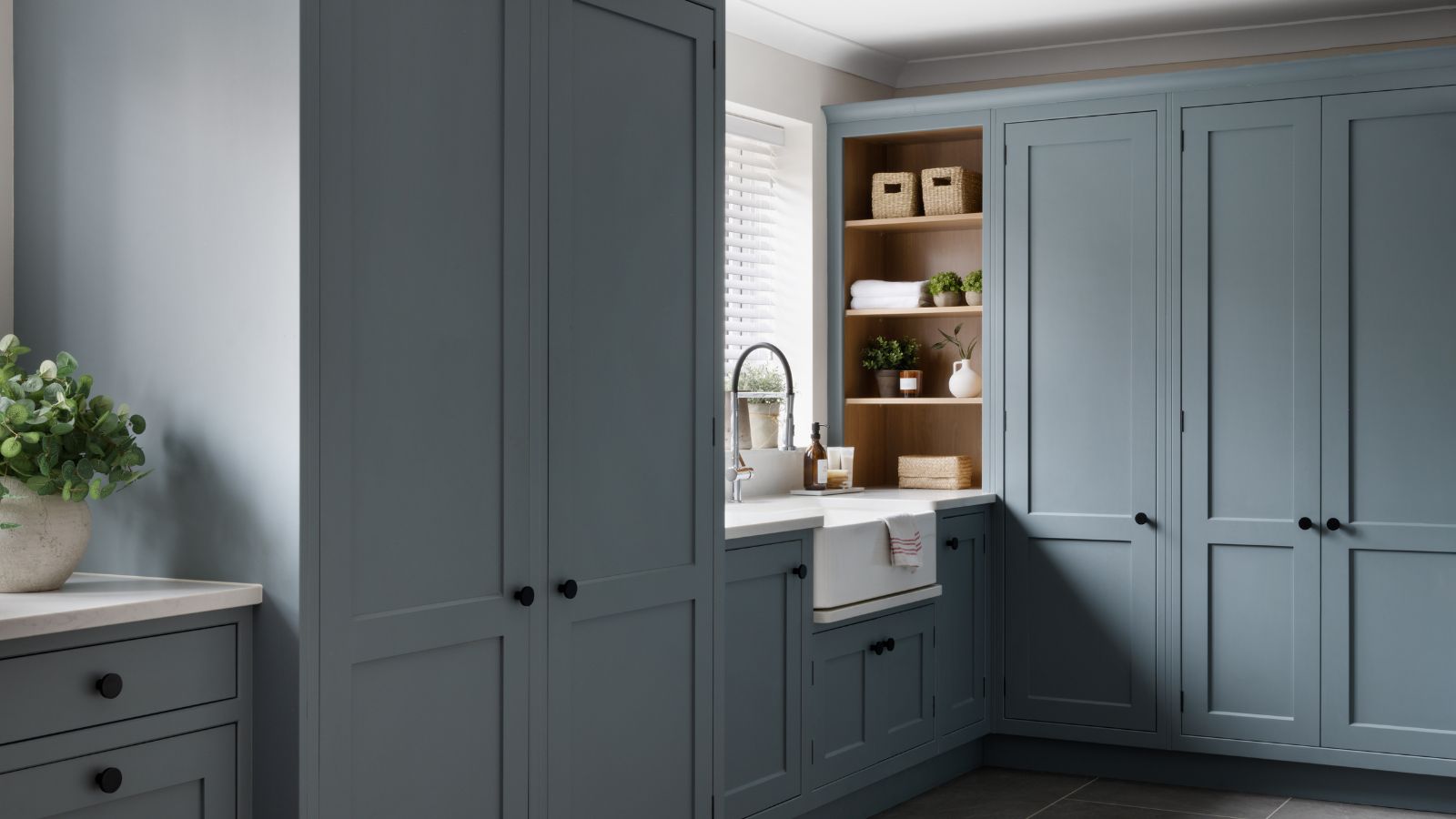 ‘Completion days’ are the answer to laundry doom piles, pro organizer claims – here’s how this hack can instantly stop fresh laundry from piling up once and for all
‘Completion days’ are the answer to laundry doom piles, pro organizer claims – here’s how this hack can instantly stop fresh laundry from piling up once and for allStay on top of your laundry with the 'Completion days' method
By Chiana Dickson
-
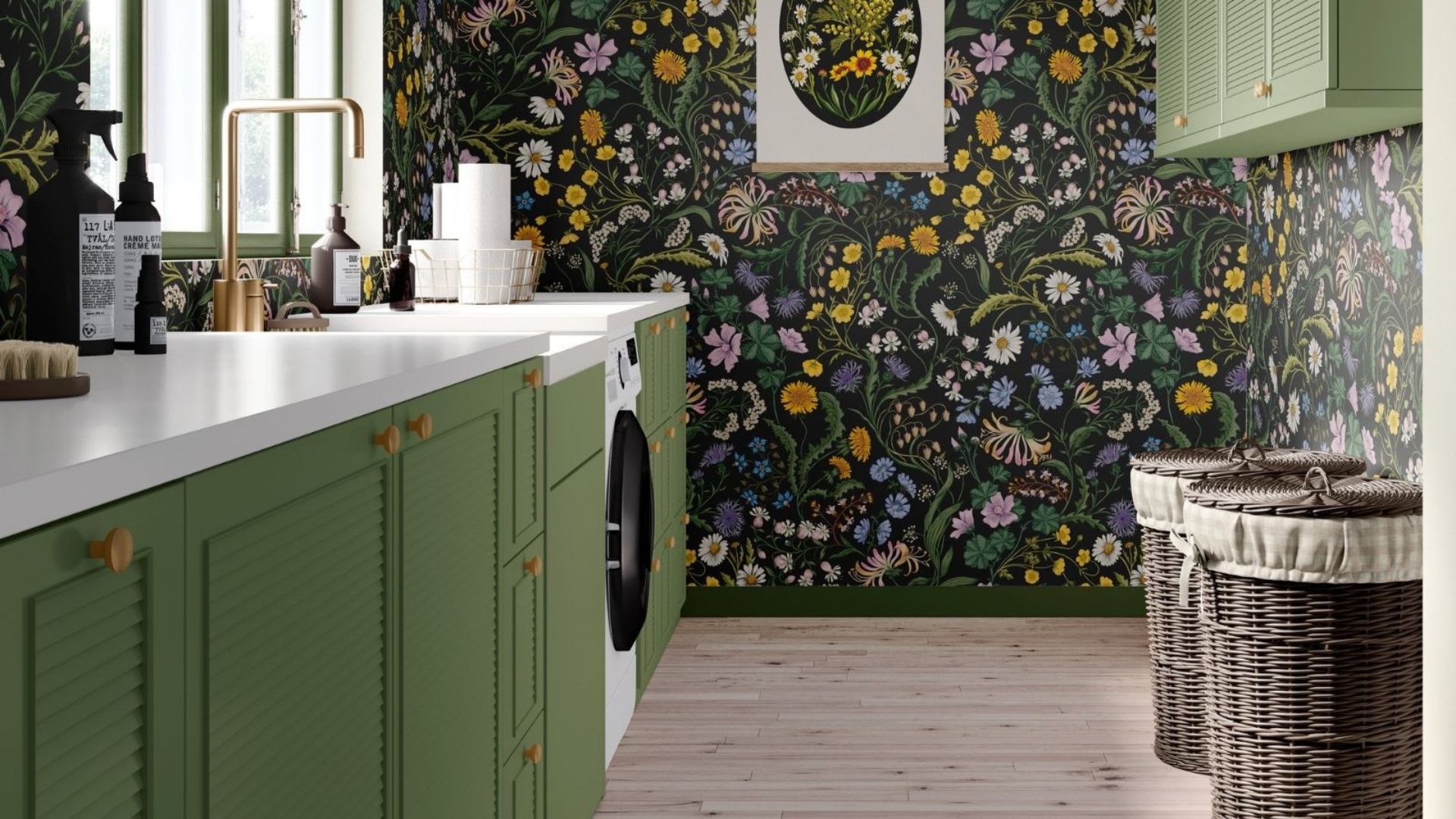 This laundry heap hack will do away with doom piles – here’s how to use it to prevent mess and speed up laundry
This laundry heap hack will do away with doom piles – here’s how to use it to prevent mess and speed up laundryThis method can help you put away your clothes in minutes
By Chiana Dickson
-
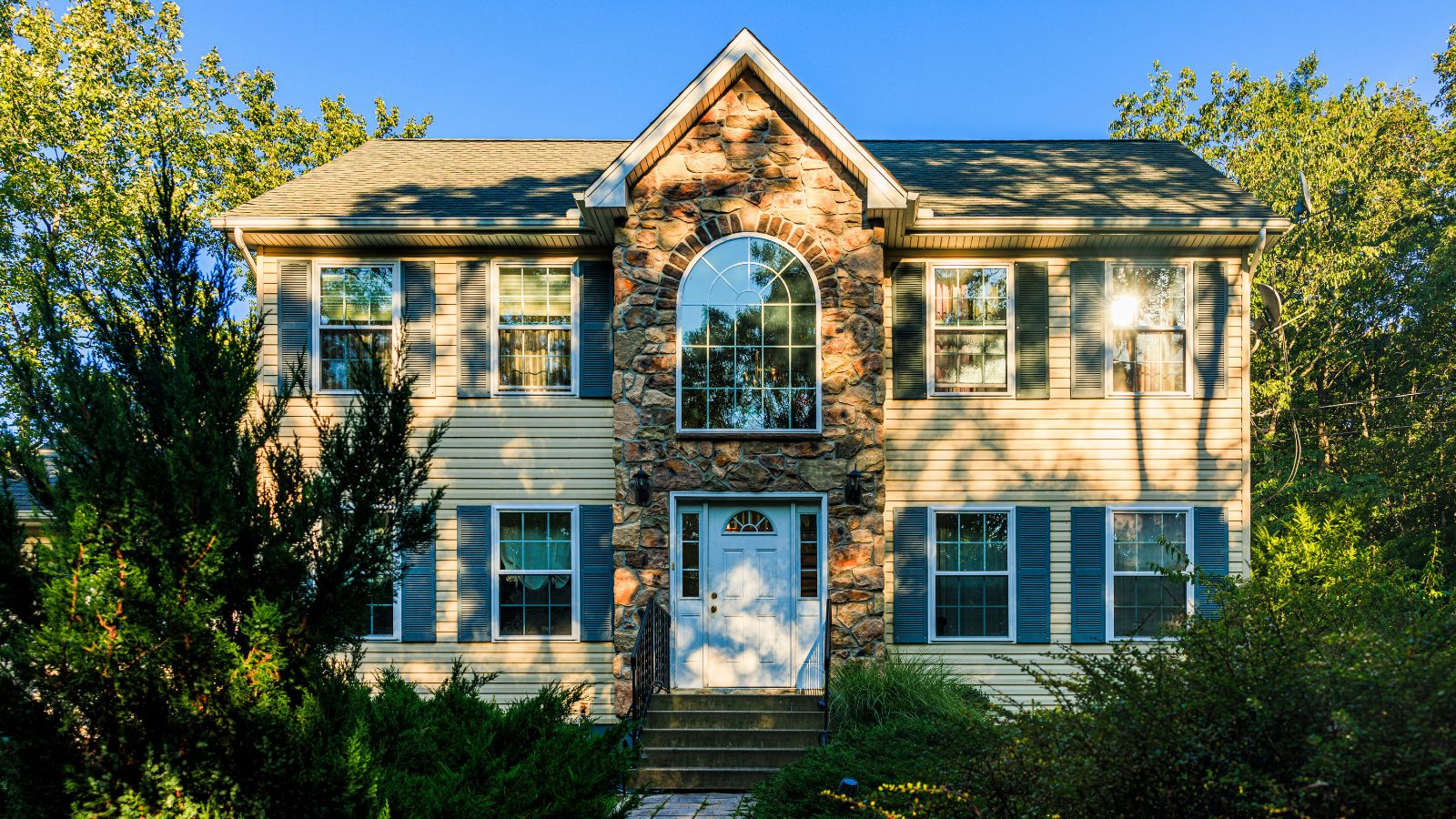 7 questions to ask yourself before moving house – realtors promise answering these questions will prevent buyer's regret
7 questions to ask yourself before moving house – realtors promise answering these questions will prevent buyer's regretDon’t make your move harder, ask these questions before moving to avoid mistakes
By Chiana Dickson
-
 ‘It leads to more headaches than it's worth’ – 4 reasons you should never store things in your oven, including fire risks and serious illness
‘It leads to more headaches than it's worth’ – 4 reasons you should never store things in your oven, including fire risks and serious illnessYour oven is for cooking, and cooking only, experts urge
By Chiana Dickson
-
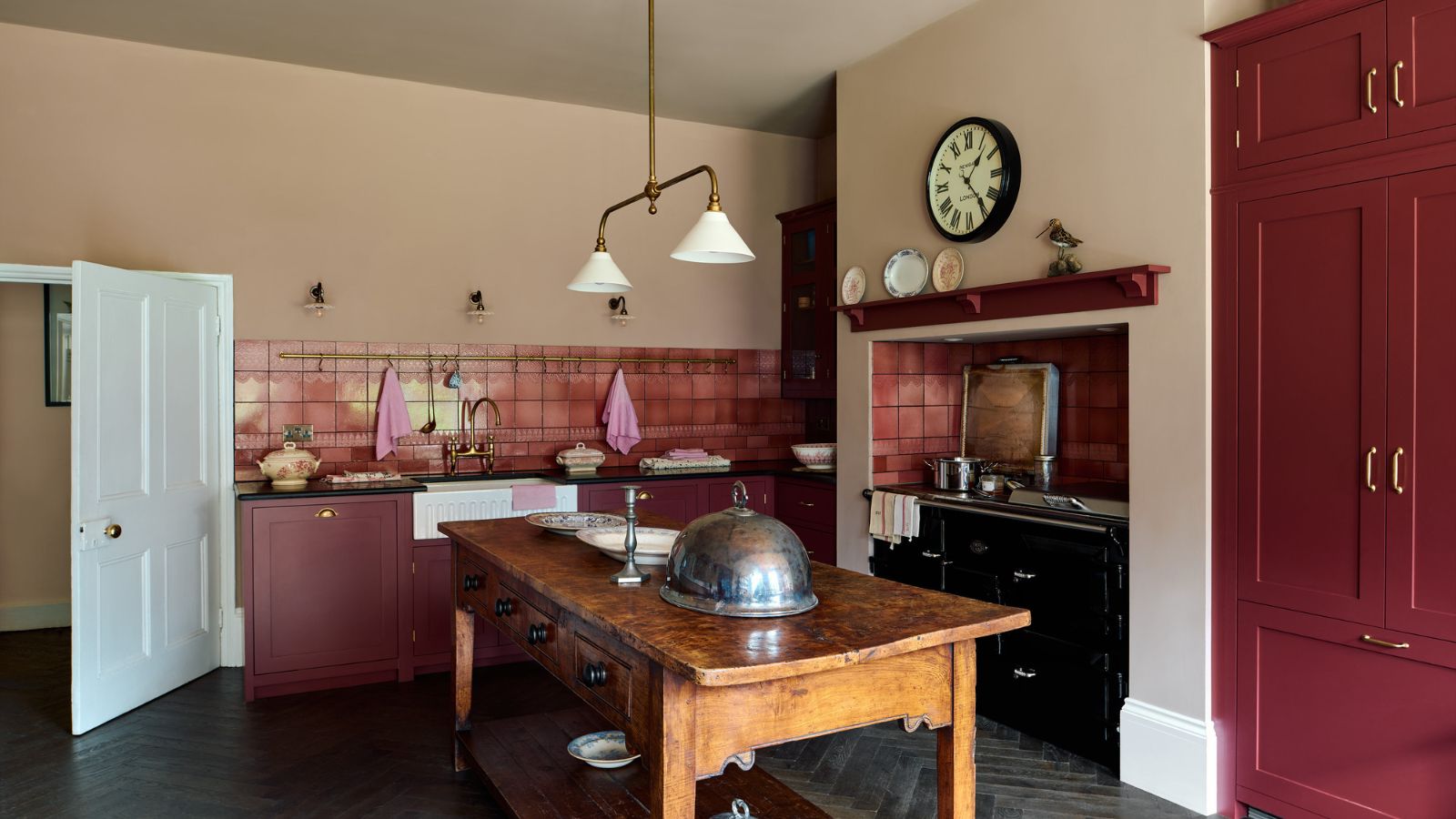 It’s a concept straight out of a fashionista's playbook, but I used the Sandwich Method to organize my kitchen shelves – it’s never looked sleeker
It’s a concept straight out of a fashionista's playbook, but I used the Sandwich Method to organize my kitchen shelves – it’s never looked sleekerIt transformed messy to mesmerizing in a matter of seconds
By Punteha van Terheyden